Calendula has a long history of being used for its numerous horticultural, culinary, and therapeutic advantages. Calendula is a plant that can handle any situation; their eye-catching contribution to a garden comes from their vibrant flower petals, and they are a first-aid kit staple thanks to their healing abilities. The orange and yellow bloom that the Calendula Officinalis plant produces is its therapeutic component.
Table of Contents
What is calendula?
Calendula officinalis, usually referred to as "Pot Marigold," is a member of the Asteraceae plant family. Originally from Europe's Mediterranean region, it is now widespread around the world. With vibrant petals that are often yellow or orange and grow to a height of 1-2 feet, calendula plants stand out. Sunray-like petals are used to describe its slender petals. Calendula is used in cooking, although it is better known for its therapeutic properties.
The flower is frequently used as a medicinal plant because of its potent antibacterial, antifungal, and anti-inflammatory effects. Calendula flowers can also be turned into oils, lotions, and ointments in addition to being used whole. Calendula has been given FDA approval for use as a spice, as well as an ingredient in cosmetics, soaps and shampoos, body lotions, and topical and internal wound care.
Plant description:
The plant genus Calendula belongs to the Asteraceae/Compositae family in the Asterales phylum. It is simple to grow calendula in ordinary, moderately fertile, well-drained soils that receive direct sunlight. It is suitable for planting in flower beds, borders, cottage gardens, cutting gardens, as well as pots and containers.
The plant's fragrant leaves draw butterflies to gardens. For floral arrangements and potpourri mixtures, the petals are a common ingredient. They may also be prepared and consumed.
Calendula seeds:
Calendula requires very little care and can be directly seeded where plants are to bloom. In the spring, merely distribute seed on prepared land while keeping the soil moist. Summertime deadheading of wasted blooms is advised, or the flowers can produce seeds that can be sown again the following spring.
What is calendula used for?
There are numerous skin disorders that can be treated with calendula. Calendula may help with diaper rash, wounds, vaginal yeast infections, and other diseases, according to research.
Calendula has also been used to alleviate cancer patients' treatment-related adverse effects and reduce pain and inflammation.
Health benefits of Calendula:
Since the time of the early civilizations, calendula has been utilised medicinally. Calendula is still used today to cure exterior maladies, much as it was in ancient Rome for the treatment of scorpion stings. Calendula has several health advantages. Calendula, for instance, can be used to treat conditions like rashes, wounds, infections, and inflammation. Calendula is thought to contain compounds that promote the formation of new tissue in wounds and can reduce inflammation in the body due to its high antioxidant content. This herb is the ideal addition to balms, salves, creams, and ointments due to its abilities to cure the skin.

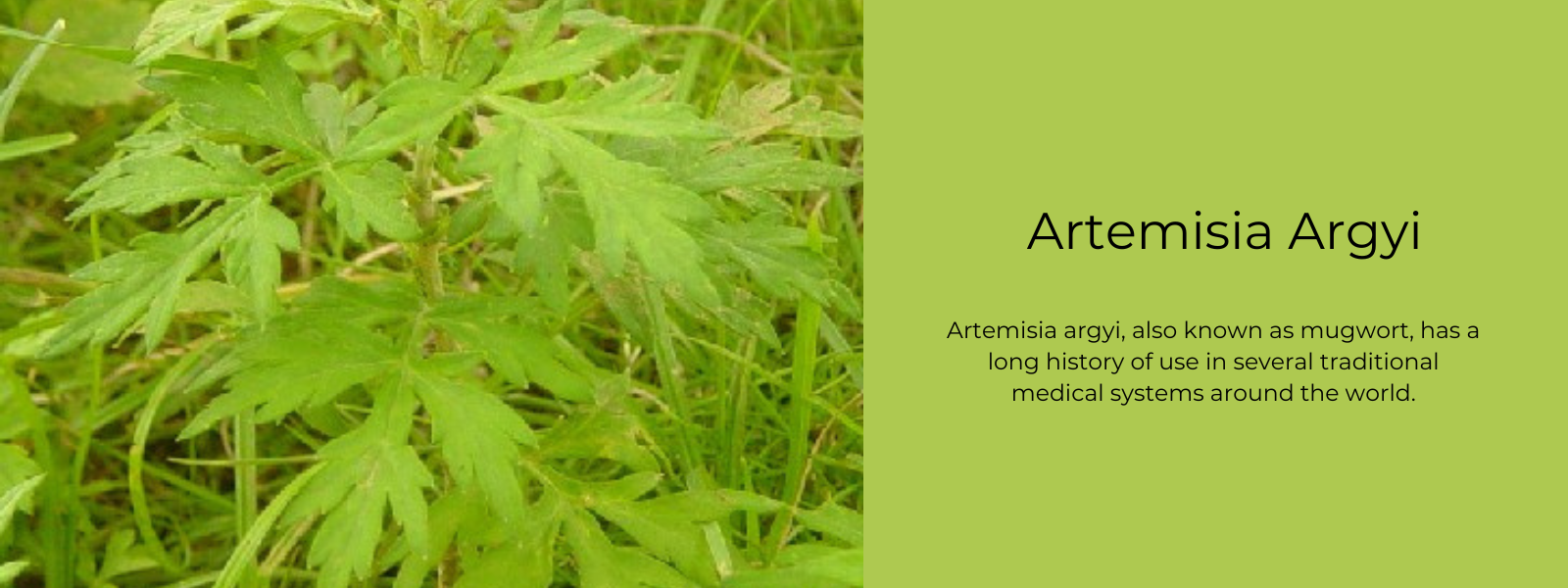
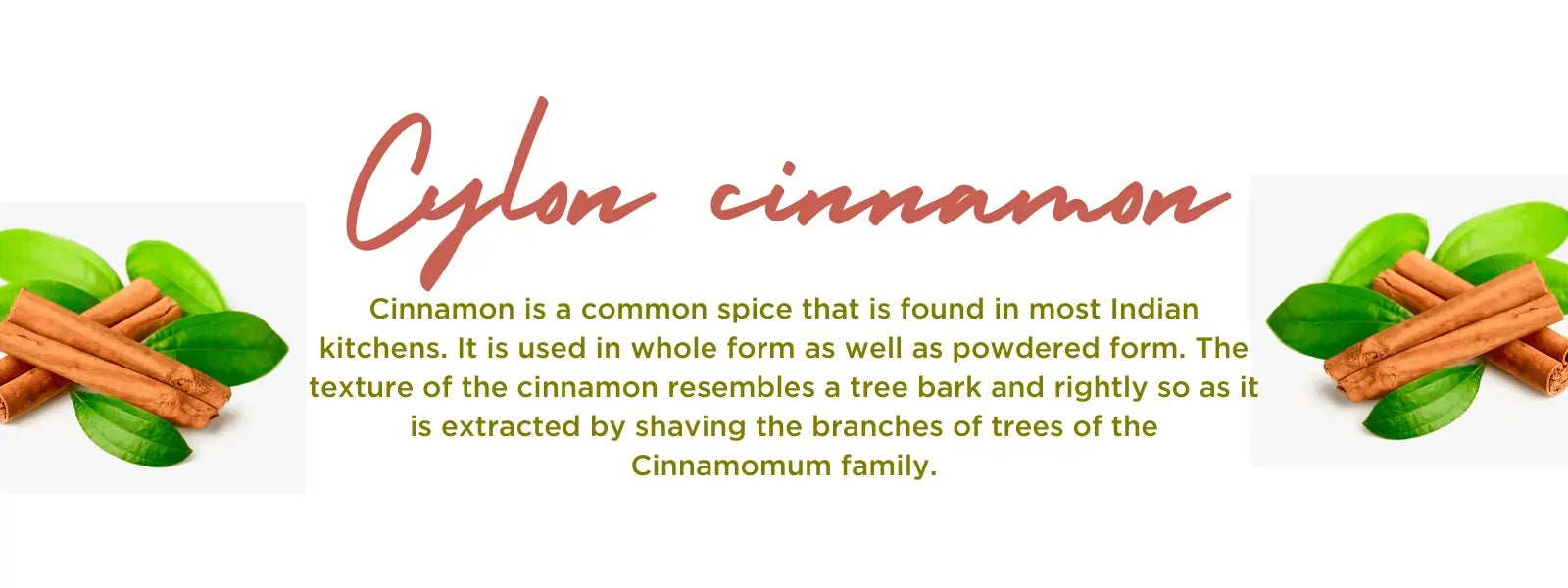
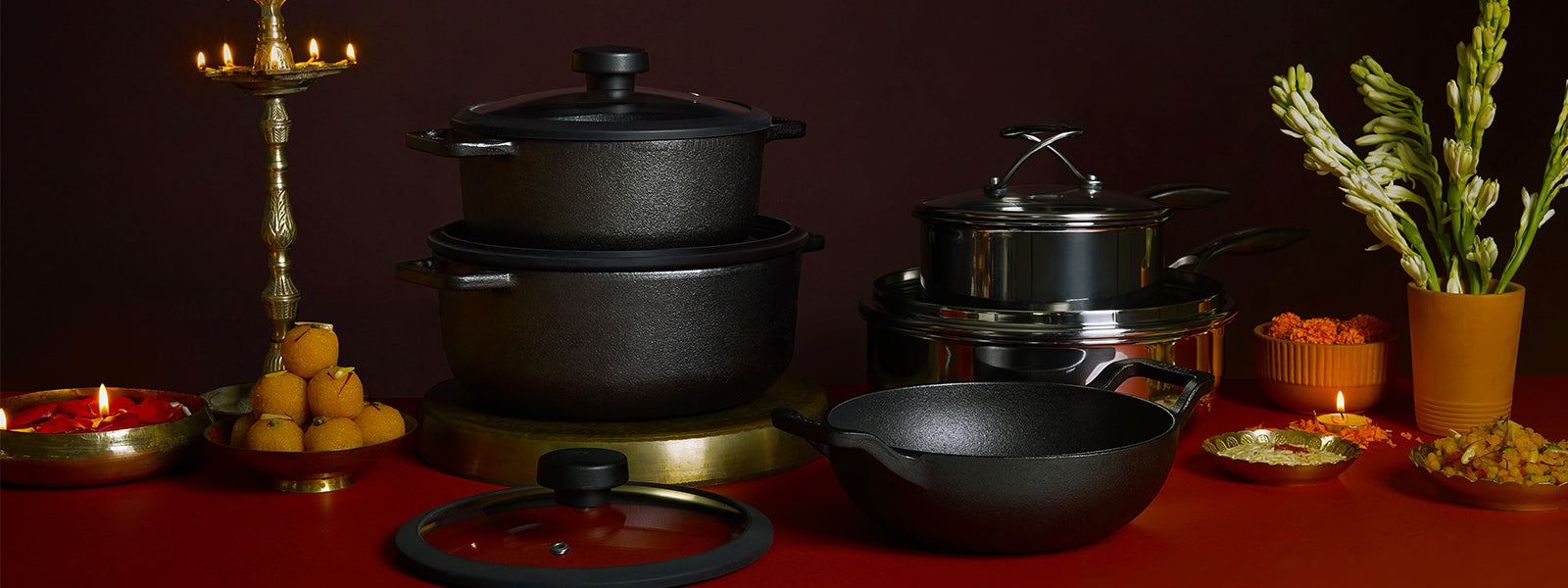

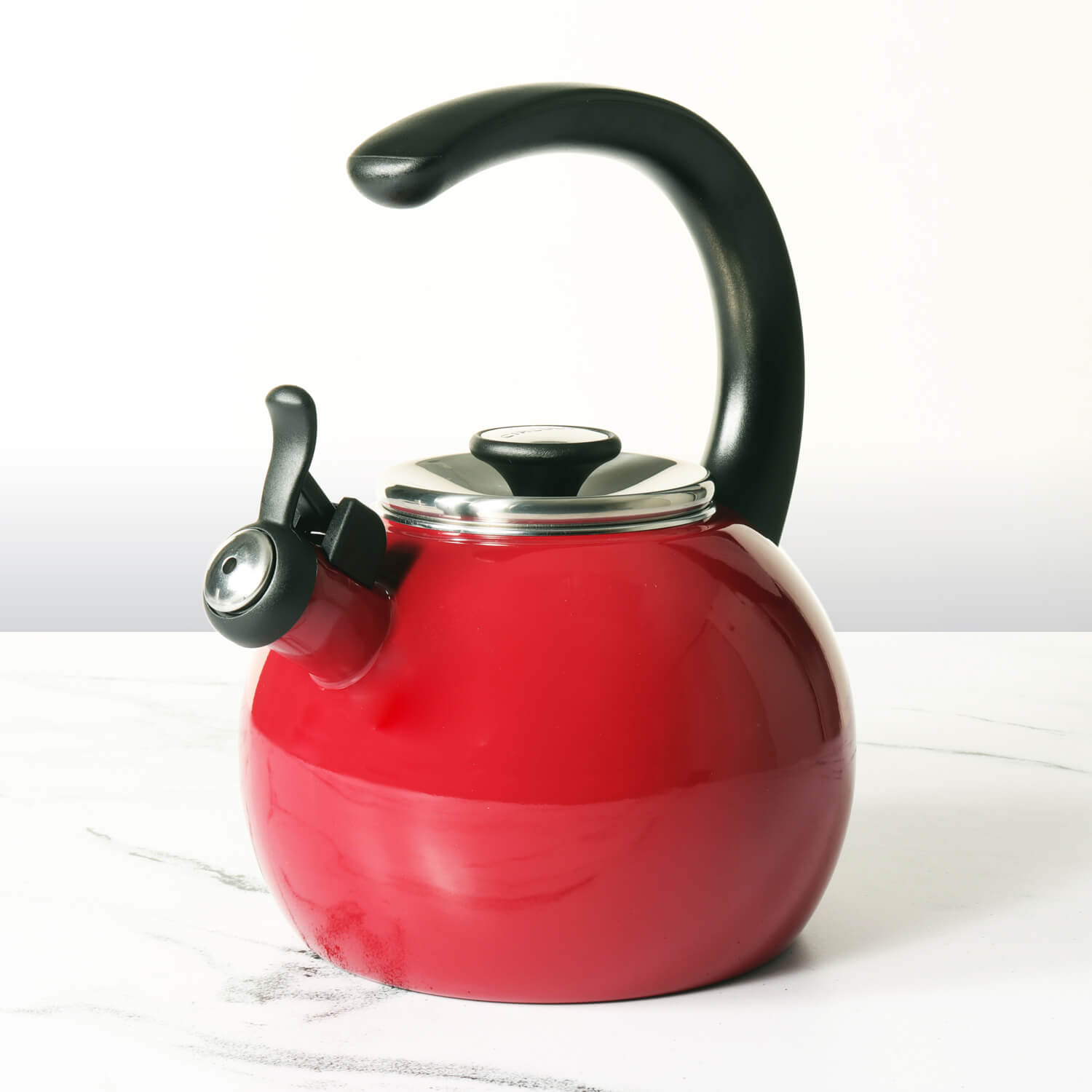
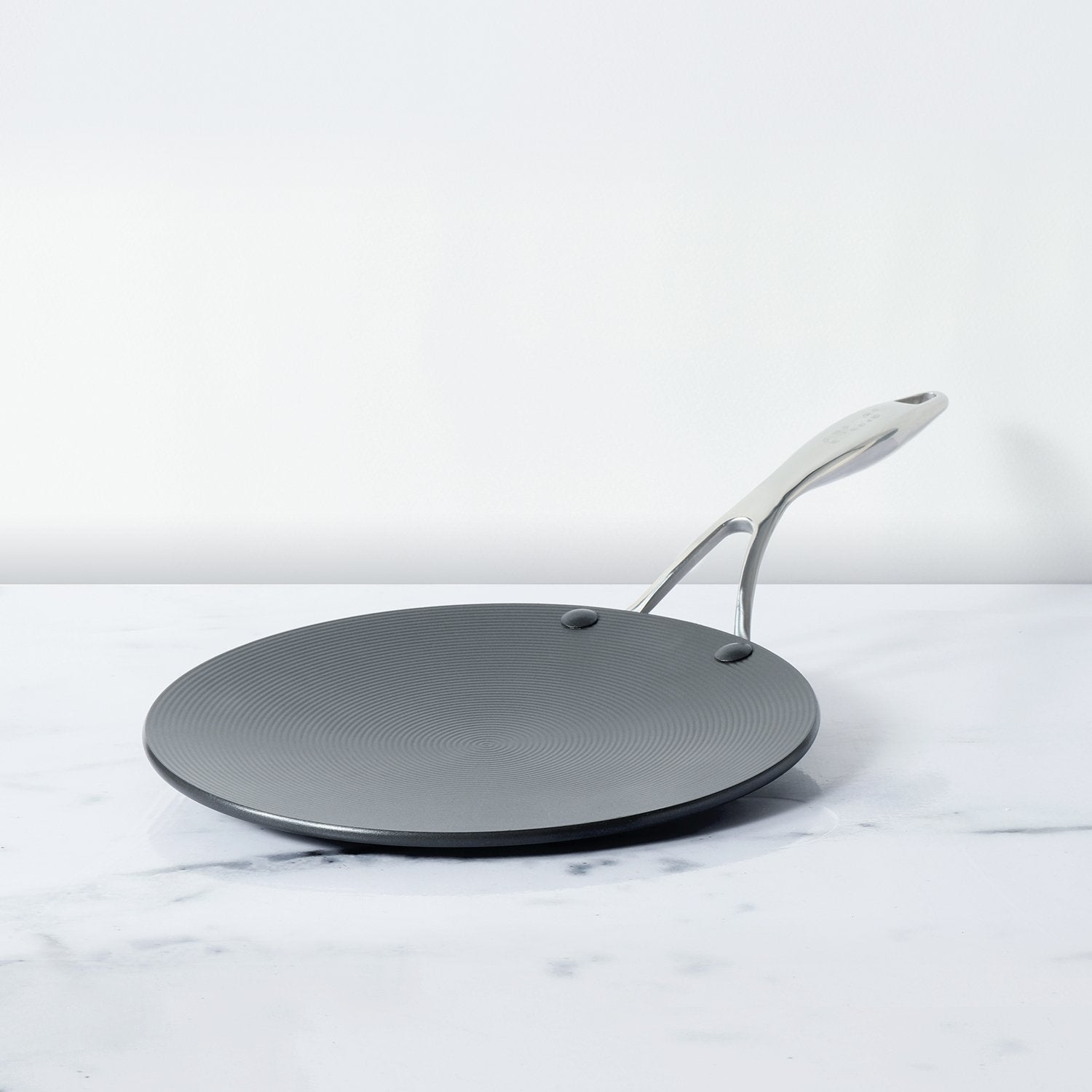




Leave a comment